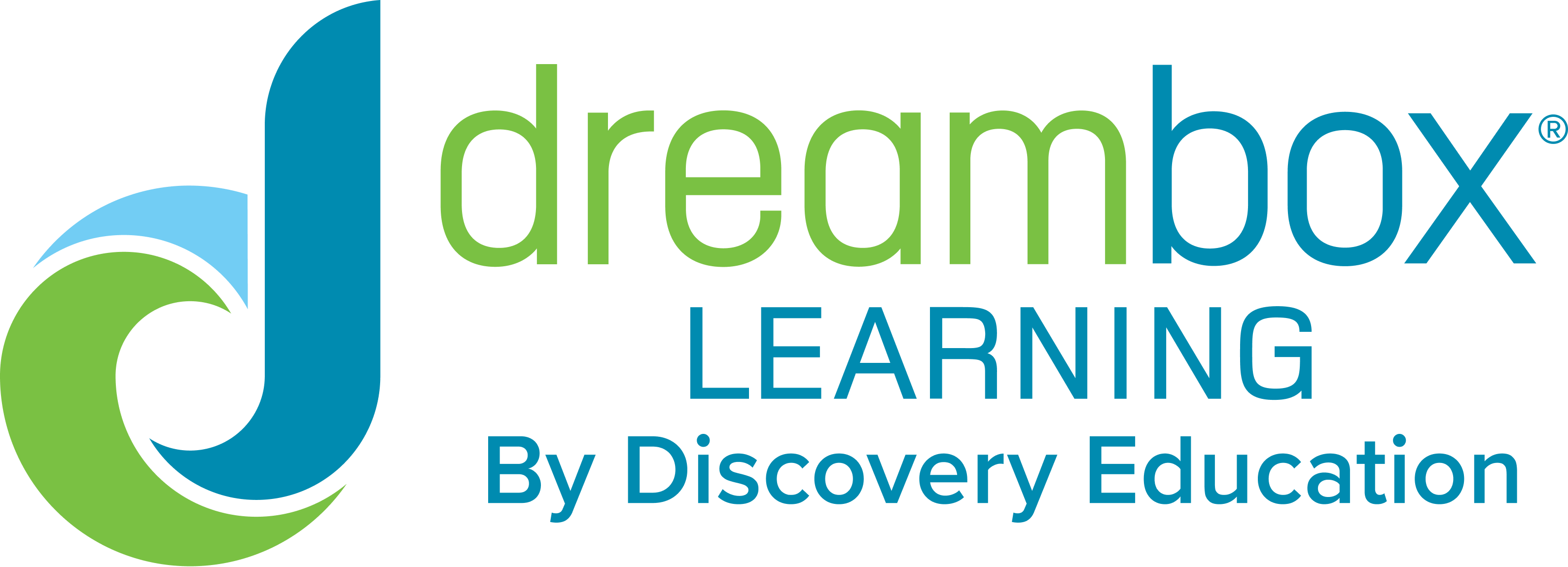Think outside the classroom. Give students the extra math and reading practice they need to start the new school year on track.
Many districts have turned to tutoring to support their students and provide necessary one-to-one instruction. Tutoring can effectively provide students with extra support and supplemental instruction. Further, research indicates that strategic and thoughtful tutoring programs via supplemental one-on-one or small group instruction can offer students positive learning experiences that can contribute to academic growth.
However, additional research into the efficacy of tutoring programs has indicated that although tutoring can be an effective method to provide students with learning acceleration, specific challenges may affect the impact of tutoring programs.
Educators should consider the following as they implement tutoring programs.
1. Ensure quality curriculum
Challenge: Districts are experiencing teacher shortages. They must leverage any available instructional support among their staff. In many cases, districts have called on administrative staff, student peers and volunteer tutors to meet learning needs and produce tutoring programs. While helpful, often tutors work outside of their area of expertise. As a result, they must use established, reliable curriculum to drive student success.
Pro tip: Many educators have identified research-based personalized learning platforms in their schools to ensure program reliability and control over curriculum and content. Although these programs can’t replace the critical mentor-student relationship of a live instructor, they do allow faster differentiation for individual students or small groups. Further, educators and subject area experts develop the content and curriculum for such learning programs, ensuring quality control.
2. Maintain equity and access
Challenge: Many students benefit from high-dosage, one-on-one tutoring. However, these services can be a substantial investment, for districts and families. The average cost for a private math tutor currently ranges from $25 - $80 per hour. Further, if one-on-one tutoring is only available in person or at third-party tutoring centers, students' families may incur additional transportation costs.
Pro tip: To offset some of these costs educators can adopt programs that offer online, 24/7 access to instruction that allow students to practice and build academic skills from any place, at any time. Students receive intervention or enrichment opportunities at home, during breaks or from any internet-connected device at school.
Schools can also work with community partners to implement learning solutions within their facilities during school hours. They also can offer tutoring sessions during, before and after school with paraprofessional tutors and on-staff teachers. This practice ensures that students receive the high-quality help they need without an out-of-pocket expense to their families.
3. Gain insight into tutoring services
Challenge: Traditional tutoring only allows educators to measure the efficacy and impact after tutoring concludes. They do this by analyzing summative assessment scores. Unfortunately, if tutoring was ineffective, students potentially will need increased intervention. Learning interruptions urge educators to leverage both formative and summative data to gauge the effectiveness of each program and monitor student progress. Without ongoing progress monitoring, students risk falling further behind during critical learning recovery periods.
Pro tip: Programs that offer data reports and formative assessments throughout instruction are key to ensuring that students receive effective and beneficial support and instruction. Educators can choose adaptive learning software that can be implemented during tutoring services or after-school programs. Many such programs offer robust reporting capabilities. These reports enable improved progress monitoring, rapid remediation, and turnkey lesson differentiation.
Conclusion
Educators and students have demonstrated resilience over the past two years. However, the impact of disrupted instruction will reach beyond schools reopening and a return to normalcy. The effect of interrupted learning begs for educators to respond with effective programs and tools.
To learn more about providing students with supplemental learning, including before- and after-school tutoring programs, download our guide, Out-of-school time: The value of extending learning beyond the school day.










